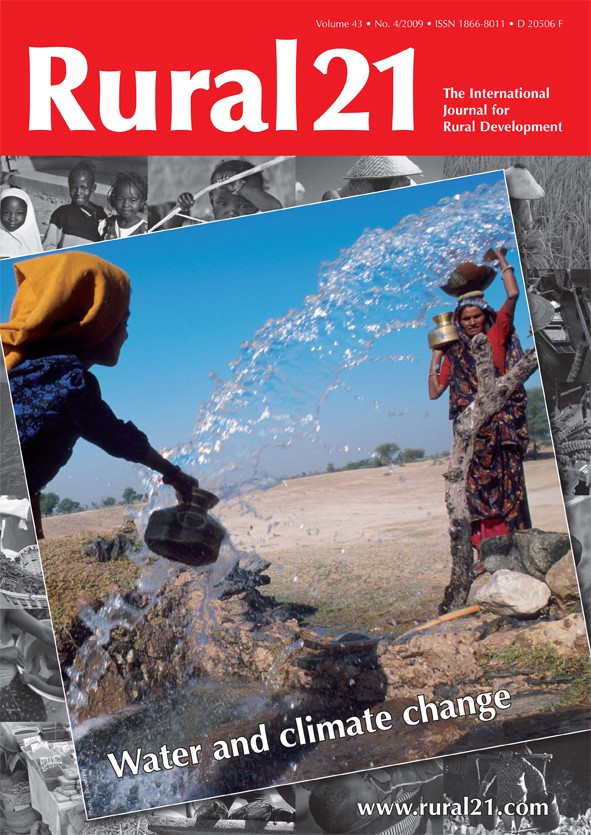New instruments for better land governance
The livelihoods of many rural dwellers are dependent on having secure and equitable access to land. Tenure security is also a prerequisite for sustainable land management. The massive interest of commercial investors has increased the pressure on land globally. This article describes the international community’s efforts to improve the responsible governance and management of land.






